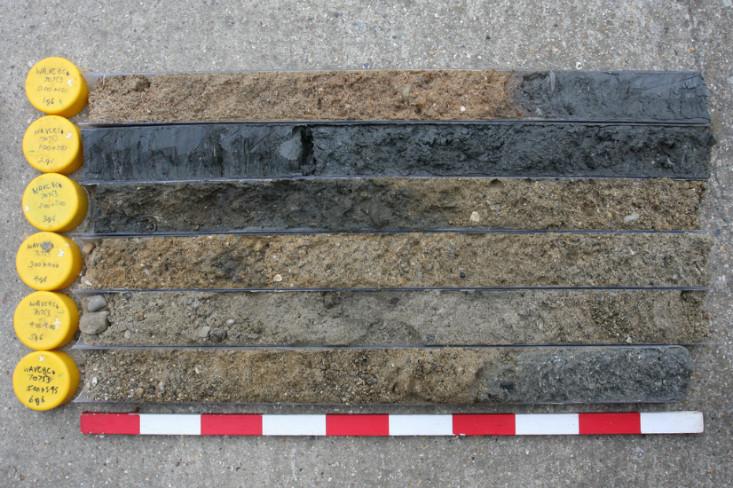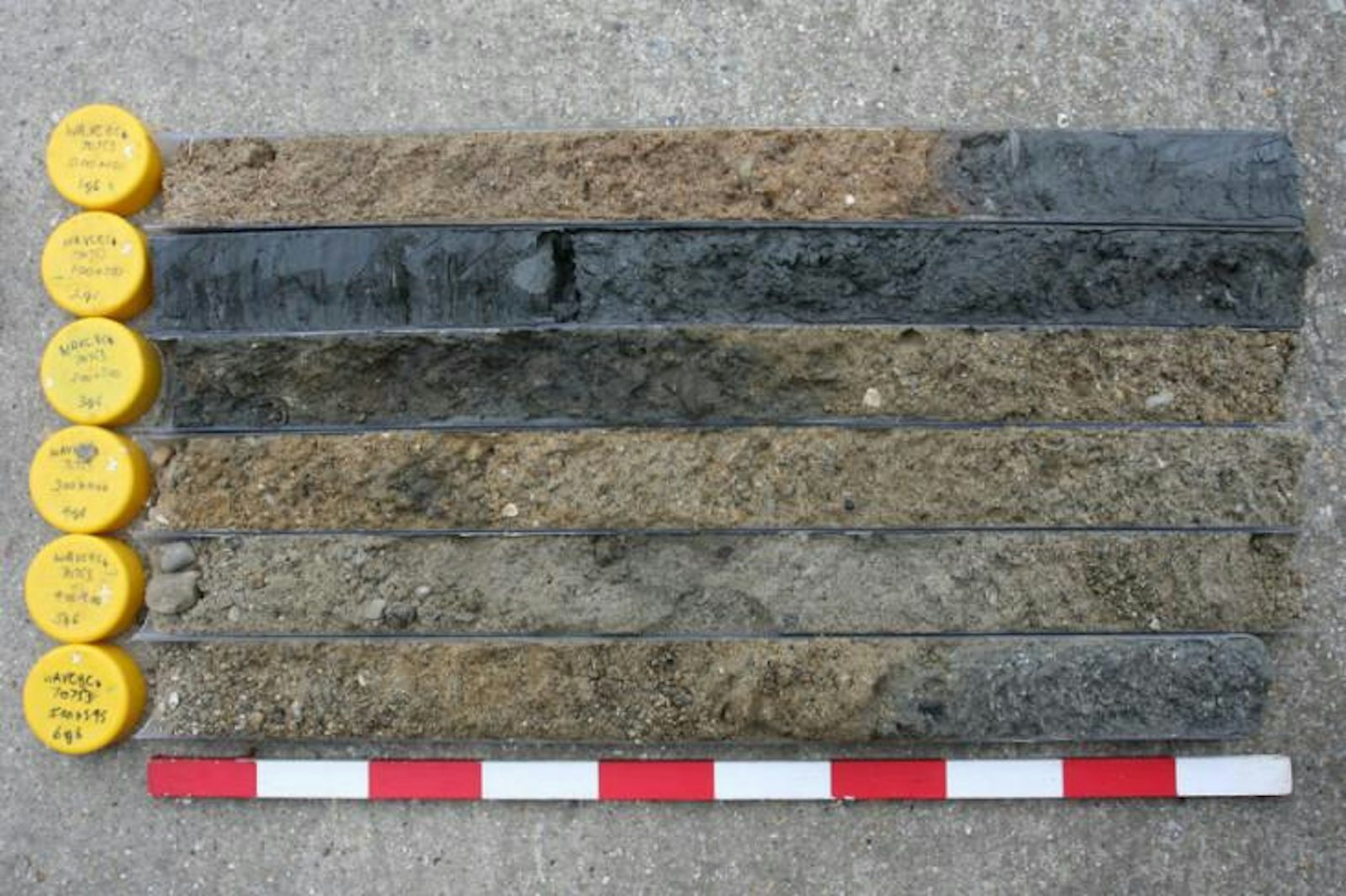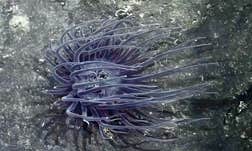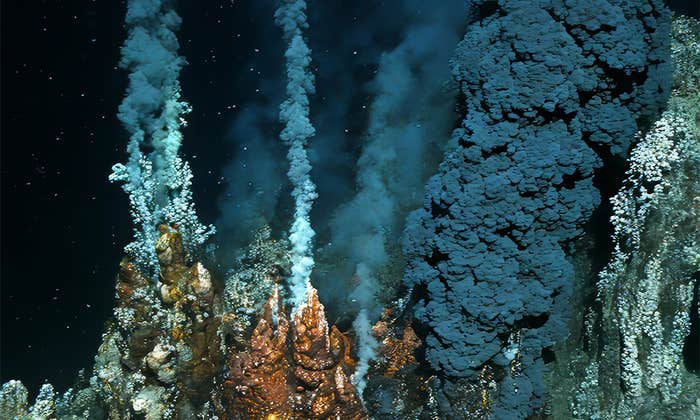
“Out of sight, out of mind” is the usual attitude about what we flush down the toilet. But in the last century, some chemists have begged to differ: They want to know just where our personal waste products go, and they’ve come up with various measurements to reveal levels of fecal contamination in wastewater from treatment plants and in the environment, especially near rivers and water bodies where sewage is dumped. One of the most distinctive trails that human waste leaves is a molecule called 5β-coprostanol, which is produced by gut bacteria dining on cholesterol. Though it appears other vertebrates’ feces as well, the ratio of coprostanol to other compounds provides a good marker of the presence of human poop.
Since the 1970s coprostanol has made frequent appearances in the environmental protection literature—see this gag-inducing study of the seafloor off of Long Island, where 5,000,000 tons of sewage sludge used to be dumped per year—but very recently, scientists working in the northernmost reaches of Scandinavia found a new use for it. A group of ancient-climate researchers based at University of Massachusetts, Amherst, extracted sediment cores from Lake Liland in the Lofoten Islands of Norway, a place where humans have been living on and off for thousands of years. They hoped to compare people’s comings and goings with changes in the area’s climate, which is freakishly warm considering the islands’ Arctic latitude, thanks to the Gulf Stream. Humans’ ability to farm and survive there is thought to have fluctuated along with even small changes of temperature.
Researchers have often used traces of charcoal and pollen in sediment cores as evidence for human presence. But there can be a fair bit of noise in that signal: Fires happen naturally, and pollen, even if it’s clearly from crop plants, can blow in from far away. The Massachusetts team, led by Ray Bradley, realized that sediment at the lake bottom contained measurable levels of coprostanol—a coded, geographically specific record of human presence or absence for the past 7,000 years. Using coprostanol levels and markers of vegetation, like leaf waxes embedded in the cores, they were able to track the ebb and flow of human presence near the lake starting around 2,000 years ago. Their results paint a detailed picture of people who cut down trees and manipulated the landscape but were vulnerable to sharp temperature changes, as well as to political upheaval elsewhere in Scandinavia. Coprostanol, along with levels of other fecal chemicals from other animals, seems to be a very sensitive way to look at habitation of an area; the team was even able to see compounds left behind by wild grazing animals before humans arrived, a remarkable level of detail.
In the paper they published last year describing their findings, the team suggested that coprostanol in lake sediment cores could be useful for archaeologists and other researchers looking to trace humanity’s movements over the long term. Though it’s too soon to say how many scientists will take them up on their suggestion, one can only hope that old poop becomes a popular tool for learning about the ancient people who left it here for us to study.
Veronique Greenwood is a former staff writer at DISCOVER magazine. Her work has appeared in Scientific American, Popular Science, and the sites of Time, The Atlantic, and The New Yorker. Follow her on Twitter here.


























